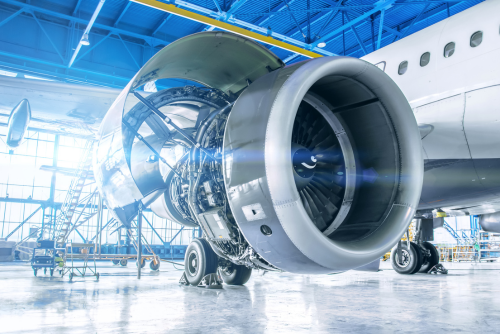
How Custom Made Springs Can Help Meet Aerospace Weight Restrictions
Keeping weight to a minimum is essential for aerospace spring manufacturing. Even for small components such as springs, weight considerations can add up, ultimately impacting the safety and fuel efficiency …
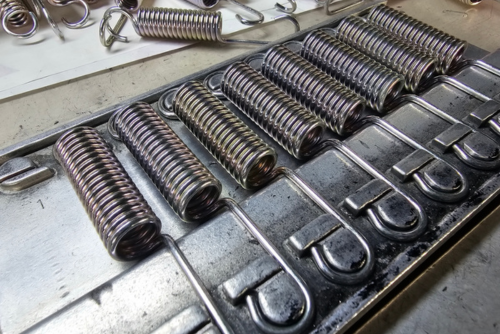
Spring Manufacturing: How Precision Springs Are Created
Spring manufacturing is an important part of your project as it can impact the functionality and longevity of your end-product. Beyond specifying length and diameter, there are more details to …
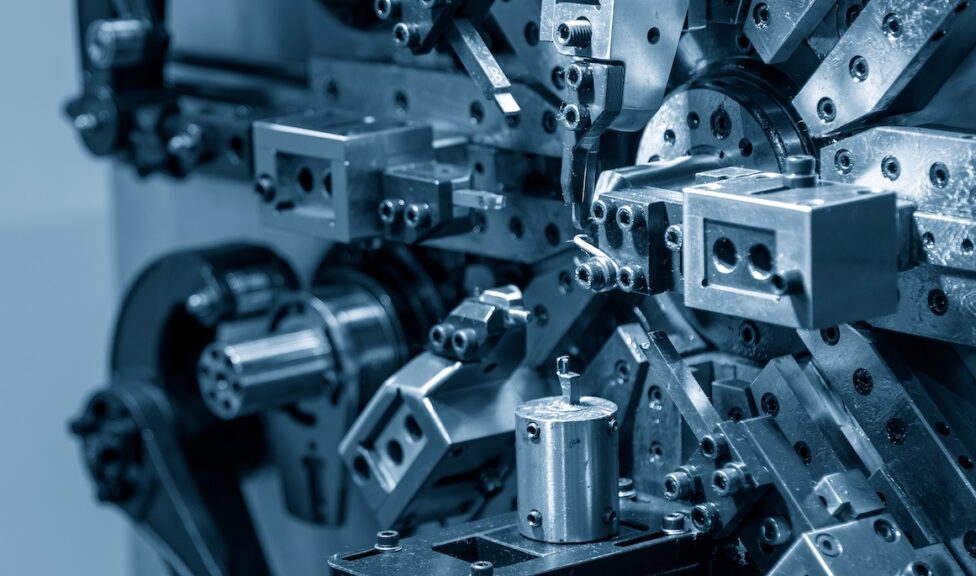
Maximising Spring Performance: Design Considerations for Spring Performance Over Time
No matter the industry you operate in, if you are incorporating springs into your product design there will be a variety of design and functional aspects to be considered to …
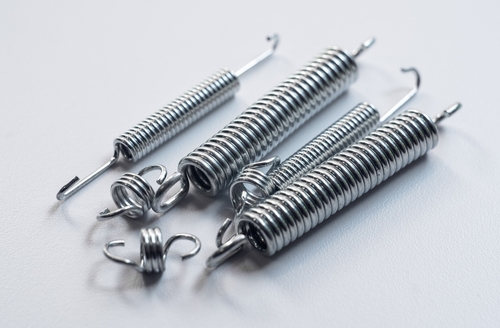
Mechanical Spring Design: How to Choose the Right Springs for Your Application
When it comes to mechanical spring design your choice of spring component is essential. Whether it’s microscopic medical stents or rugged industrial equipment or something else entirely the right spring …
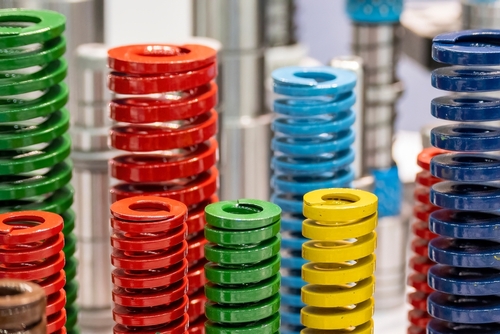
How to Choose the Right Spring Design Finish
Selecting a spring design with appropriate durability ensures your end product will function reliably for as long as required. In order to ensure that your spring component offers suitable longevity, you will need to think carefully about your application.

Understanding Medical Coils – What You Need to Know
As medical technologies continue to advance – making way for smaller, stronger, more malleable instruments capable of carrying out a variety of tasks – it can come as no surprise …
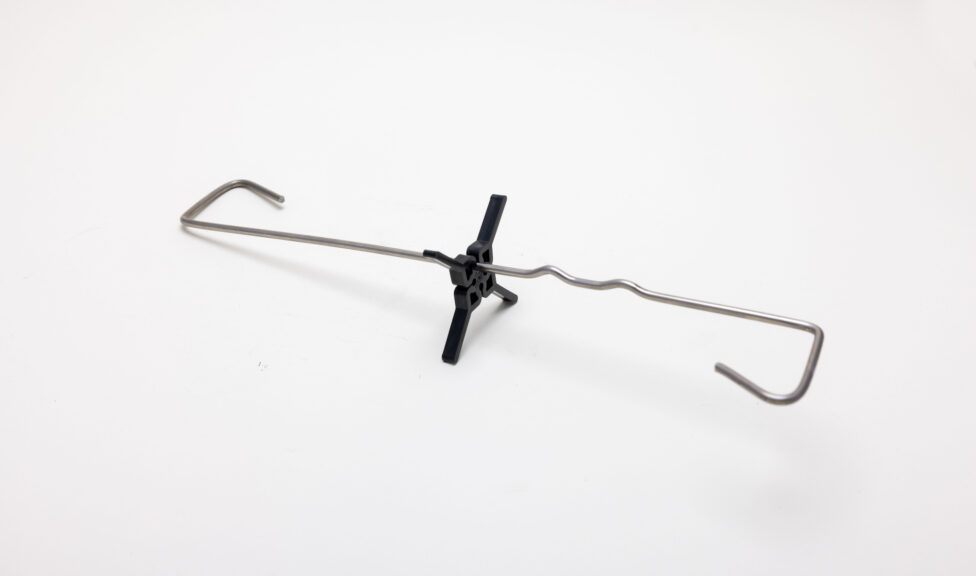
Getting the Most Out of Your Cavity Wall Design with Wall Ties
Cavity walls, the masonry method of running two walls or ‘leaves’ parallel to each other, can have many advantages and disadvantages depending on the intended use of the finished wall …
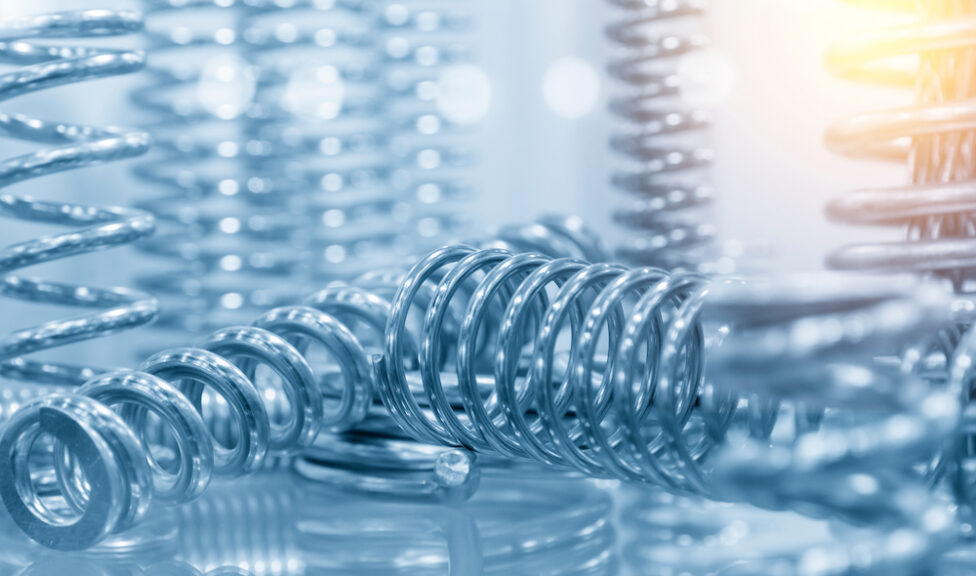
Solving for Spring Fatigue – Improve Spring Durability Over Time
When purchasing springs, engineers are often best served to consider quality, bespoke solutions for their projects – while these can be slightly more expensive initially, their effectiveness can definitely be …


